Learn the cassava pancake recipe, different from cassava flour pancake, made with raw grated cassava for bold texture, golden crisp, and rootsy flavor that flips breakfast on its head.
Cassava pancakes made from grated cassava root offer a grounded, traditional feel that stands apart from the flour-based version.
You’re working with the full root here, raw, textured, and rich in flavor.
This isn’t a substitute; it’s the original form, used for generations across cultures where cassava is more than just a staple.
The process is straightforward, but the result is deeply satisfying.
With just a few ingredients, you get crisp edges, a tender bite, and a taste that reflects the earth it came from.
You can keep it savory with onions and spices or lean sweet with sugar and a drizzle of honey.
Whatever direction you take, these pancakes connect you to real food, made with intention.
If you’re ready to try something different from the usual pancake routine, this recipe brings simplicity, depth, and a little bit of tradition to your kitchen.
See the difference between cassava pancake and cassava flour pancake.
Table of Contents
- What is Grated Cassava Pancake?
- Why People Love Traditional-Style Cassava Pancakes
- Ingredients for Cassava Pancake
- Equipment
- How to Prepare Cassava Pancakes: Step-by-Step Guide
- Frying the Pancakes: Tips and Techniques
- Serving Suggestions for Cassava Pancakes
- Storage and Reheating Tips
- Cassava Safety Tips: Important Reminders
- Frequently Asked Questions
- Conclusion
What is Grated Cassava Pancake?
Grated cassava pancake is a traditional dish made from raw cassava root that has been peeled, washed, and finely grated to form the base of the batter.
Unlike cassava flour pancakes, which rely on processed and dried starch, this version uses the whole root, giving it a dense texture, earthy flavor, and crispy finish when fried.
It’s commonly enjoyed in various cultures across Africa, the Caribbean, and Southeast Asia, either as a savory snack with spices and onions or as a sweet treat with sugar or coconut.
The grated cassava binds naturally, sometimes with the help of eggs or a small amount of water, creating a pancake that’s both chewy and crispy, simple yet deeply satisfying.
Recommended: Popular Yuca Recipes Guide
Why People Love Traditional-Style Cassava Pancakes
Cassava pancakes made from raw grated cassava root offer more than taste; they connect you to real food and old traditions.
Here’s why so many people keep coming back to them.
1. Real Texture You Can Feel
Grated cassava gives each pancake a chewy center and crispy edge.
You get full texture with every bite, not the softness of flour, but something heartier and richer.
It’s real food made from the root, not from powder.
2. Naturally Gluten-Free Without the Guesswork
Raw cassava is gluten-free, making these pancakes perfect if you’re avoiding wheat or grains.
There’s no mystery in the ingredients, just cassava, seasoning, and oil. Simple and clean, it fits easily into a gluten-free or grain-free diet.
3. A Taste That Feels Like Home
Cassava pancakes carry that home-cooked feel. The mild sweetness and crispy bite bring back memories of family kitchens.
Sunday breakfasts, or meals shared in warmth. It’s food that comforts without trying too hard to impress.
4. Deep Roots in Culture and Community
Across Africa, the Caribbean, and Southeast Asia, cassava pancakes are part of everyday meals.
They hold stories, passed from one generation to the next, shaped by local flavors and shared traditions that keep the dish alive.
5. Endless Ways to Make It Yours
Grated cassava can go sweet or savory. Add onions and pepper or sugar and coconut.
Fry it thick or thin, crisp or soft. However, you like it, the base holds up and gives you room to play.
Related Posts
Cassava Pancake Mix vs Cassava Flour Pancake Mix
Are Cassava Tortillas Healthy?
How to Make Yuca Fries Dipping Sauce
Cassava Paleo Recipes You Can Trust
Crunchy Fried Cassava Chips Recipe
What are Yuca Fries? Aka Cassava Fries or Yuca Frita
Ingredients for Cassava Pancake
You don’t need a long list to make cassava pancakes that hit the mark. A few fresh ingredients and a little care go a long way in getting the flavor and texture just right.
Cassava: Fresh and Grated

Start with two cups of peeled and grated cassava. Make sure it’s fresh, firm, and free of dark spots.
Grate it finely by hand or use a processor if you prefer. The texture should feel soft but not watery.
This raw base brings the chew, crisp, and body you won’t get from flour. If your cassava is bitter, soak and squeeze before use.
Eggs: For Binding and Richness
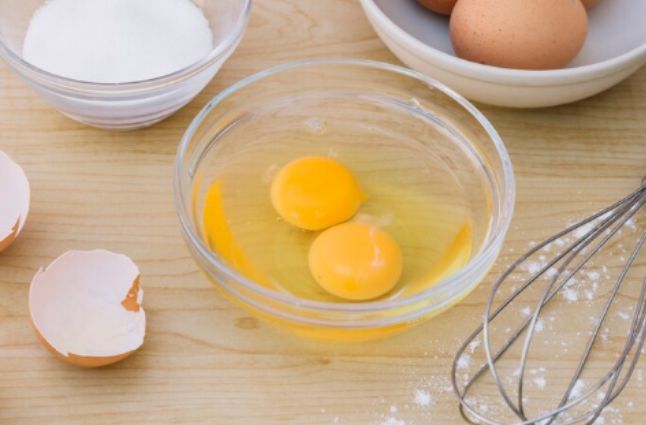
Two large eggs will help hold the grated cassava together as it cooks.
They also give your pancakes a soft bite inside while keeping the outside golden and crisp.
If you want a firmer texture, let the eggs rest in the mixture before frying.
You can skip the eggs if you’re going vegan, but be ready for a looser mix.
Salt: Balance the Flavor
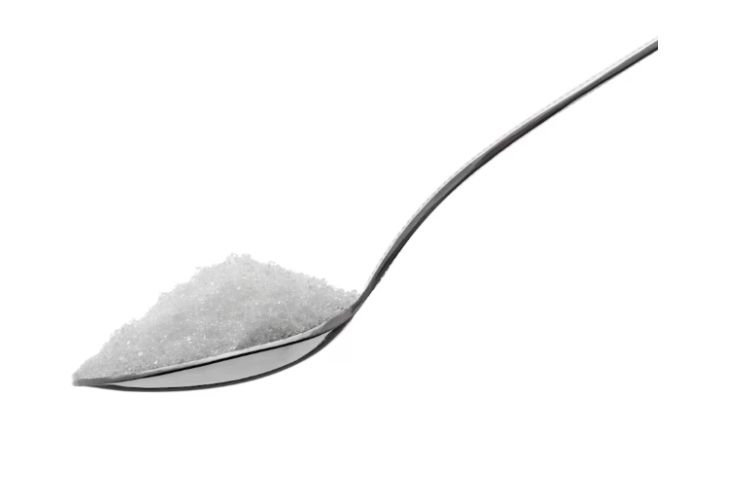
Add about half a teaspoon of salt. It’s a small amount, but it brings out the natural flavor of the cassava and balances any sweetness you might add later.
Salt also helps sharpen the savory edge if you’re going in that direction. Without it, the pancake might fall flat.
Sugar: Sweeten to Taste
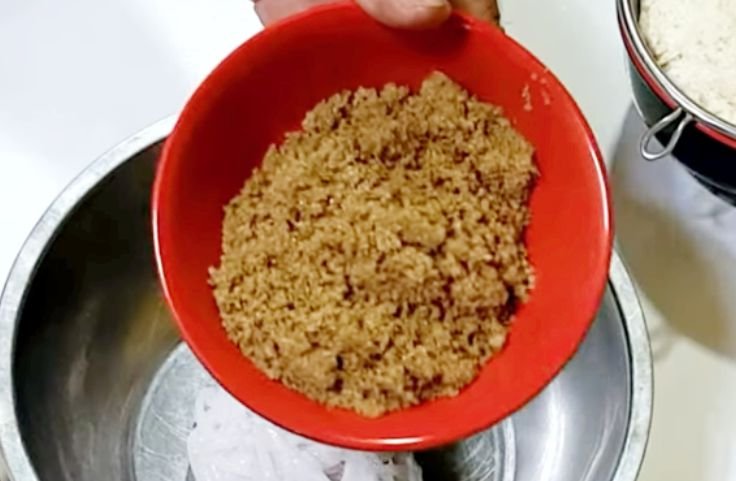
One to two tablespoons of sugar should be enough if you’re going sweet.
You can add more if you like a richer taste or keep it mild for dipping sauces or toppings.
Brown sugar works well too, especially if you want a slight caramel note. Keep tasting as you go.
Spices: Add a Warm Kick
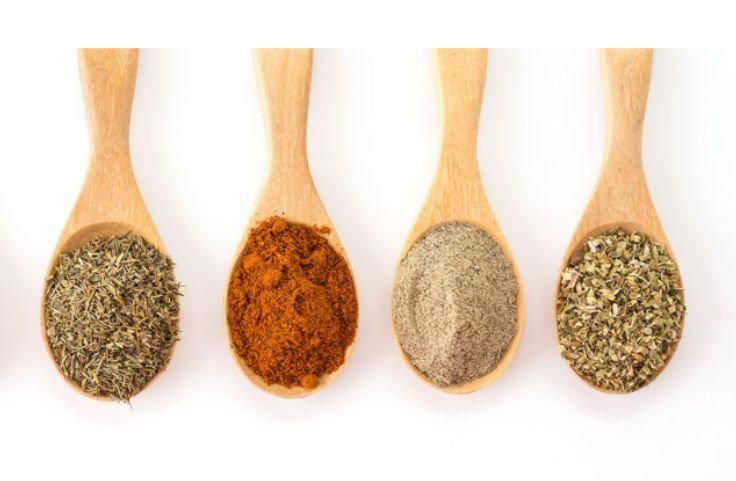
This part is up to you. A pinch of cinnamon, nutmeg, or even ground cloves can change the feel of the whole pancake.
These warm spices work best if you’re making a sweet version.
For savory pancakes, try garlic, chili, or ground pepper. The goal is to make it yours.
Related: How to Make Cassava Tortillas without Cassava Flour
Equipment
The tools you use make a big difference when working with raw cassava.
A few basic kitchen items are all you need to get your pancakes crisp, golden, and easy to flip.
Grater or Food Processor: For Smooth Prep
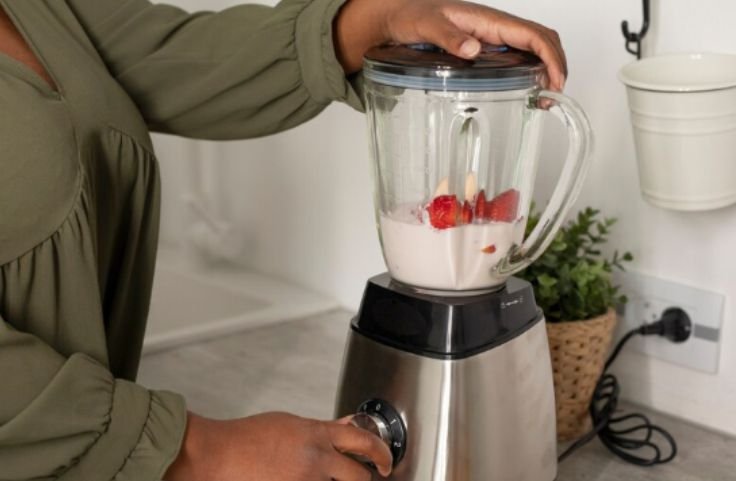
You’ll need a grater or food processor to break the cassava down to the right texture.
If you’re going old school, a hand grater works fine, just watch your fingers.
For less effort, a processor gets the job done fast and clean. You’re aiming for a fine, even texture that holds together in the pan.
Avoid chunks, they won’t cook through evenly.
Mixing Bowl: Where It All Comes Together
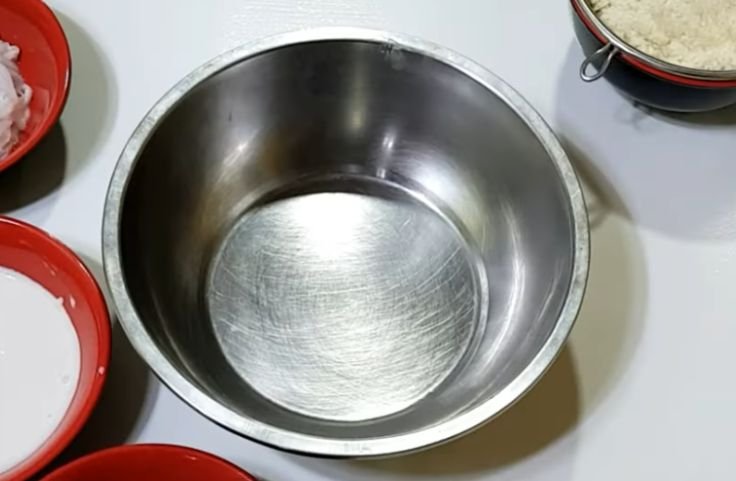
Use a medium or large mixing bowl to combine your grated cassava with eggs, salt, sugar, and spices.
You want enough space to mix thoroughly without spilling. Stirring by hand helps you feel the consistency and adjust if needed.
A solid bowl also keeps your prep organized and clean.
Frying Pan or Skillet: For Crisp, Even Cooking
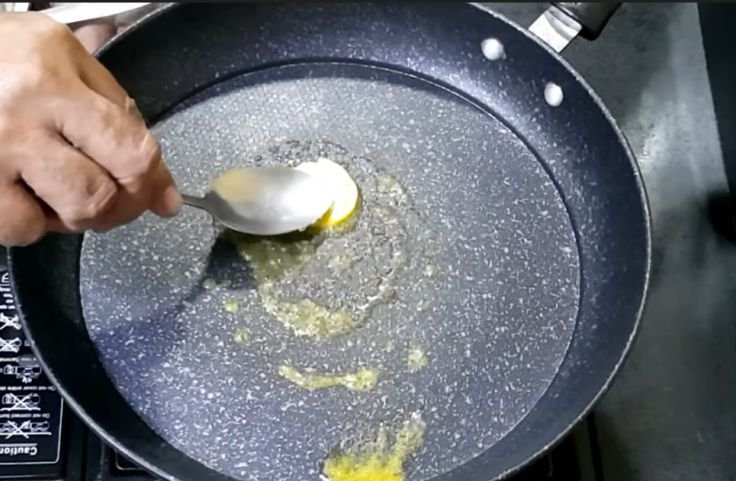
A non-stick frying pan or seasoned cast iron skillet will help you get that golden crust without sticking.
Medium heat is best, you don’t want the outside to burn before the inside is ready.
The flat surface lets the pancake spread and cook evenly, giving you a good crisp on both sides.
Spatula: Flip Without the Mess
A good spatula is your best friend when frying cassava pancakes.
Use one with a thin edge so you can slide it under without tearing the pancake.
Flip gently and give it time, cassava takes a little longer to cook through than regular batter, so be patient and steady.
Measuring Cup and Spoons: For Accuracy
Use a measuring cup for the grated cassava and spoons for salt, sugar, and spices.
Precision matters when you’re trying to keep the balance of flavor and texture just right.
You don’t need to overthink it, but starting with measured amounts keeps your results consistent every time.
Related: How to Avoid Sticky Cassava Flour Pancake
How to Prepare Cassava Pancakes: Step-by-Step Guide
Making cassava pancakes from fresh root takes a bit of care, but once you get the steps down, it becomes second nature.
Follow this simple guide to get it right from start to finish.
Peel and Soak the Cassava
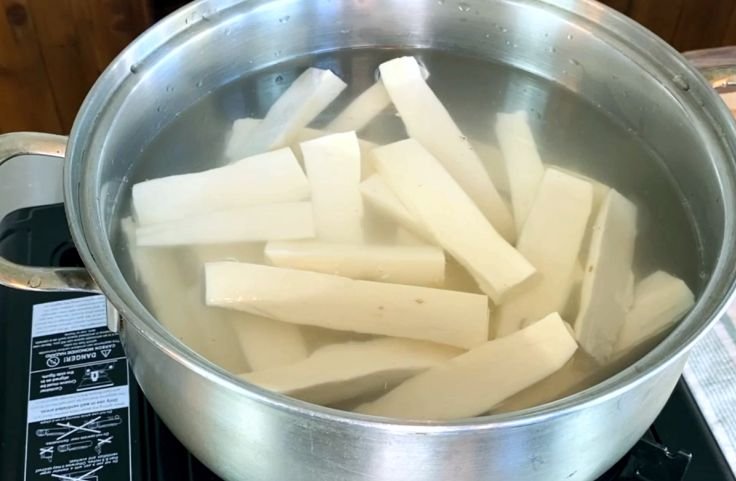
Choose cassava roots that are firm and clean. Use a sharp knife to peel off the tough skin.
Raw cassava can be toxic if not handled right, so soak the peeled roots in clean water for a few hours.
This step helps reduce natural toxins and gives you peace of mind. After soaking, rinse well and pat dry before moving on.
Grate and Squeeze Out the Moisture
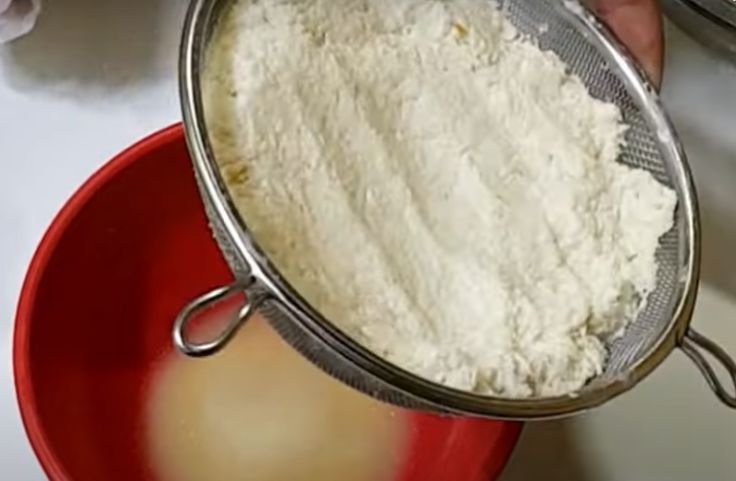
Grate the soaked cassava using a box grater or food processor. Once grated, wrap it in a clean kitchen towel and squeeze out the liquid.
If you prefer crisp, structured pancakes, remove most of the moisture.
For a softer texture, leave some moisture in.
The amount you squeeze affects the final feel of the pancake.
Mix the Batter
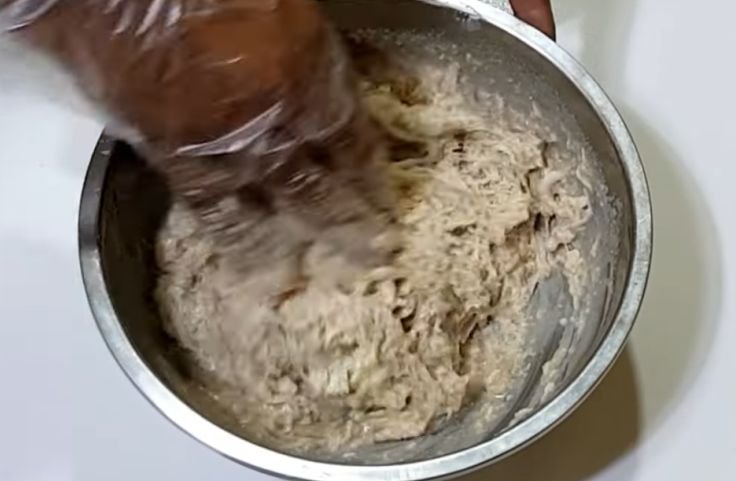
In a mixing bowl, combine the grated cassava with two eggs, salt, and your choice of flavorings.
Go sweet with sugar and cinnamon or savory with chopped onions and pepper.
Stir everything together until the mixture is thick and even. It should hold its shape but still spoon easily into a pan.
Butter the Skillet, Heat and Cook
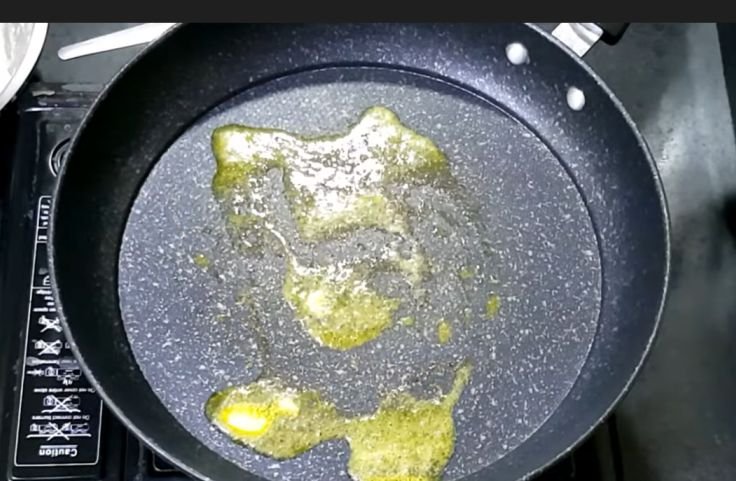
Place a non-stick pan or skillet over medium heat and add a light layer of butter. Oil can also do.
Scoop a portion of batter into the pan and flatten slightly with the back of the spoon.
Let it cook until the edges turn golden and bubbles form on top.
Flip and cook the other side until browned. Keep the heat steady for even cooking.

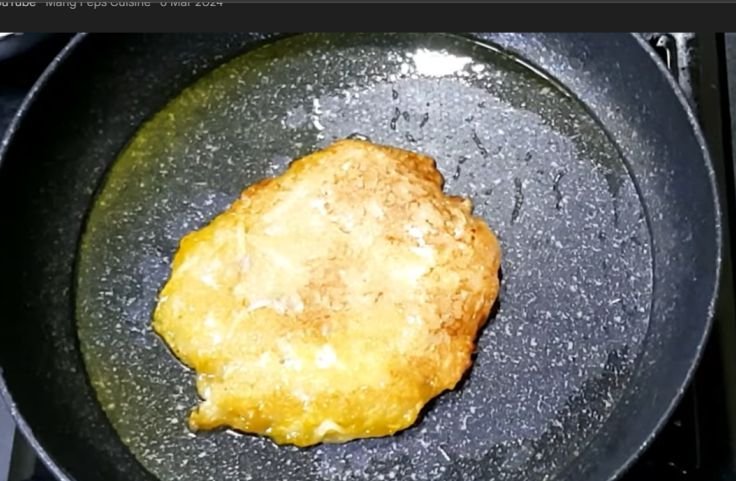
Adjust Texture and Flavor
Taste your first pancake and tweak the batter if needed. Add more seasoning, drain extra moisture, or make the pancakes thinner for more crunch.
This is your chance to make it your own. Keep the heat right, and don’t rush the flip.
Once the edges are crisp and the center is cooked, you’re ready to serve.
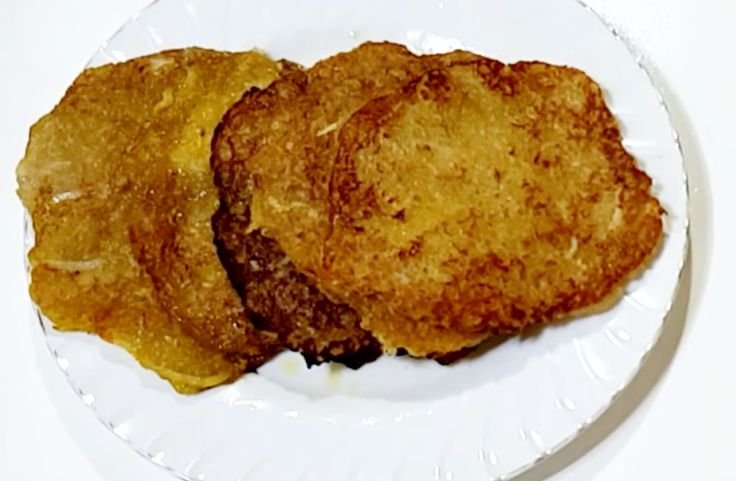
Frying the Pancakes: Tips and Techniques
Frying cassava pancakes is where everything comes together. With the right heat, oil, and timing, you’ll get crispy edges and a soft center every time.
Here’s how to get it right.
Preheat the Pan and Use the Right Oil
Start by heating your frying pan over medium heat. Don’t rush it. Let the pan warm up before adding oil.
Use a neutral oil like vegetable or canola because they handle heat well and don’t overpower the taste.
Add just enough to coat the surface without drowning the batter. This helps the pancake crisp up without sticking or turning greasy.
Test the Oil Before You Begin
Before pouring in the batter, test your oil. Drop in a small bit of batter. If it sizzles right away, the oil is ready.
If it sinks with no sound, the oil is too cold. If it smokes heavily, turn down the heat and wait a moment.
Finding that sweet spot keeps your pancakes from soaking up oil or burning too fast.
Shape and Spread Evenly
Use a ladle or measuring cup to portion the batter into the center of the pan. Let it spread naturally or guide it lightly with the back of your spoon.
Don’t flatten too much, just enough to help it cook through.
A consistent size helps everything cook at the same pace and gives you better control when flipping.
Flip at the Right Time
Wait until the edges firm up and small bubbles start to form before flipping.
Use a thin spatula to gently lift and turn the pancake without breaking it.
If it sticks, give it a few more seconds.
Cassava pancakes are delicate when hot but firm up as they cook. Patience here saves a mess later.
Adjust the Heat as You Go
Frying takes about 2 to 4 minutes per side, depending on your heat and batter thickness.
Too hot and the outside burns before the inside cooks.
Too cool, and the pancake turns soggy. Stay close, adjust as needed, and watch the color.
Once both sides are golden and the middle feels firm, you’re ready to serve.
Serving Suggestions for Cassava Pancakes
Cassava pancakes offer a flexible base for both sweet and savory meals.
For a sweet touch, drizzle them with honey or maple syrup, or add a splash of coconut milk for a creamy finish.
Fresh fruits like bananas, strawberries, or mangoes bring natural sweetness and color.
If you lean savory, try mashed avocado with salt or chili flakes for a rich, satisfying bite.
Add protein by topping with poached or fried eggs for a hearty breakfast.
Spicy sauces like sriracha or tangy salsa can bring bold flavor.
Regional twists add more variety, Nigerians enjoy them with spicy tomato sauce, Filipinos use sweetened condensed milk, and Caribbean versions feature fruits and warming spices.
With so many serving ideas, cassava pancakes can fit your taste any time of day.
Storage and Reheating Tips
Leftover cassava pancakes don’t have to lose their flavor or texture.
With proper storage and careful reheating, you can keep them fresh, crispy, and satisfying every time you serve them again.
How to Store Cassava Pancakes for Freshness and Flavor
Let the pancakes cool completely before storing to prevent condensation from making them soggy.
Stack them with parchment paper in between, then seal in an airtight container or resealable bag.
Store in the refrigerator for up to three days. For longer storage, freeze them using the same parchment-layering method in a freezer-safe bag.
Remove as much air as possible to avoid freezer burn.
Properly frozen cassava pancakes can last up to two months while maintaining flavor and texture.
Label your storage container with the date to keep track.
This simple system ensures your pancakes stay delicious and ready for quick meals.
How to Reheat Cassava Pancakes Without Losing Crispness
To reheat refrigerated pancakes, warm them in a non-stick skillet over medium heat for one to two minutes per side until they’re hot and lightly crispy.
Avoid using the microwave, it softens the texture. For frozen pancakes, thaw in the fridge overnight before skillet reheating.
You can also use an oven: preheat to 350°F (175°C), arrange pancakes on a tray, cover loosely with foil, and bake for 10 to 15 minutes.
This method keeps them moist while restoring that slight crunch.
With these techniques, your cassava pancakes stay just as satisfying the second time around.
Cassava Safety Tips: Important Reminders
Cassava is a starchy root enjoyed in many dishes, but safety starts with how you prepare it.
Always peel cassava thoroughly, as the peel holds most of the harmful compounds.
Stick to sweet varieties for easier handling, but if you’re using bitter types, ensure they’re properly processed by soaking, fermenting, or thorough cooking.
Never eat cassava raw, cooking it at high heat helps eliminate toxins like cyanide.
Cutting cassava into smaller chunks and soaking it before cooking also helps remove unsafe elements.
These steps are crucial, especially when making cassava pancakes.
Traditional processing methods exist for a reason: they make this root both safe and enjoyable.
With the right precautions, you can confidently prepare cassava and enjoy its flavor and texture without worry.
Frequently Asked Questions
Can I make cassava pancakes without eggs?
Yes. You can skip eggs for a vegan version, but the texture may be looser. Use flaxseed meal or mashed banana as a natural binder for structure and added nutrition.
How do I know if my grated cassava is safe to use for cassava pancake?
Choose sweet cassava, which is low in toxins. Always peel, soak, and rinse well before use. Avoid bitter-tasting or chemical-smelling varieties—they may contain unsafe levels of natural toxins.
Why do I need to squeeze the grated cassava?
Excess liquid makes pancakes soggy and prevents crisping. Squeezing removes moisture, giving your cassava pancakes a firmer, more enjoyable texture with golden edges and even cooking.
Can I refrigerate the raw batter?
Yes, for up to 24 hours. Store it covered in the fridge. Stir before use, as liquid separation is normal. Discard if it smells sour or ferments.
Conclusion
Learn the cassava pancake recipe, different from cassava flour pancake, made with raw grated cassava for bold texture, golden crisp, and rootsy flavor that flips breakfast on its head.
This dish brings the full power of the cassava root to your plate, earthy, dense, and rich in cultural depth.
Whether sweet or savory, it delivers something far more authentic than a boxed mix or powdered version ever could.
From grating to frying, every step is hands-on and rewarding.
The result is comfort food that’s rustic, satisfying, and tied to global traditions.
With a few basic tools and ingredients, you’ll discover a new way to enjoy breakfast, or any meal, with depth, flavor, and intention.
References

Chimeremeze Emeh is a writer and researcher passionate about Africa’s most transformative root crop—cassava. Through his work at cassavavaluechain.com, he explores the entire cassava industry, from cultivation and processing to its diverse applications in food, health, and industrial use.
He also writes for palmoilpalm.com, where he shares his extensive experience and deep-rooted knowledge of palm oil, covering red palm oil, palm kernel oil, and refined products. His work there reflects his lifelong connection to agriculture and his commitment to promoting sustainable value chains in Africa.
Driven by curiosity and purpose, Chimeremeze aims to shed light on how cassava continues to empower communities, strengthen food systems, and link traditional farming wisdom with modern innovation.
